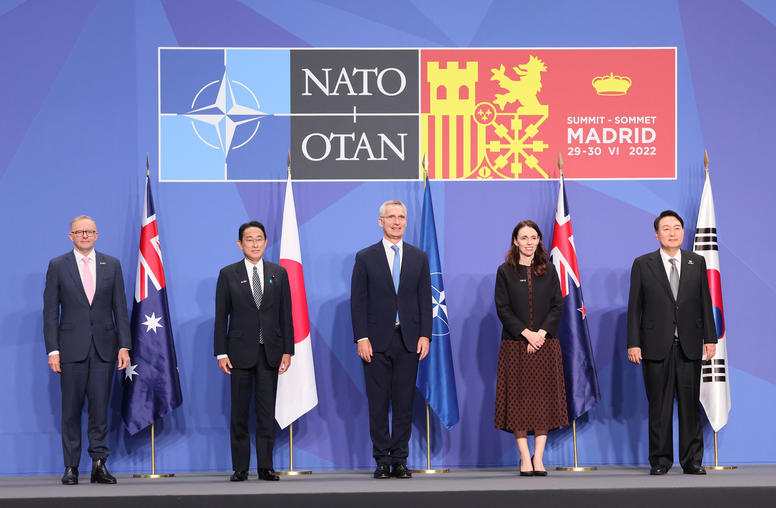A Conversation with Secretary of Defense James N. Mattis
Read the event coverageThe 2018 National Defense Strategy asserts that the United States is emerging from a post-Cold War period of “strategic atrophy.” On October 30, 2018, the U.S. Institute of Peace hosted a discussion with Secretary Mattis on how the National Defense Strategy seeks to meet the shared challenges of our time through strengthening and evolving America’s strategic alliances and partnerships. Join the conversation on Twitter with #MattisUSIP.
Read a transcript of the conversation.
Speakers
Secretary James N. Mattis
U.S. Department of Defense
Nancy Lindborg, welcoming remarks
President, U.S. Institute of Peace
Stephen J. Hadley, moderator
Chair, Board of Directors, U.S. Institute of Peace



